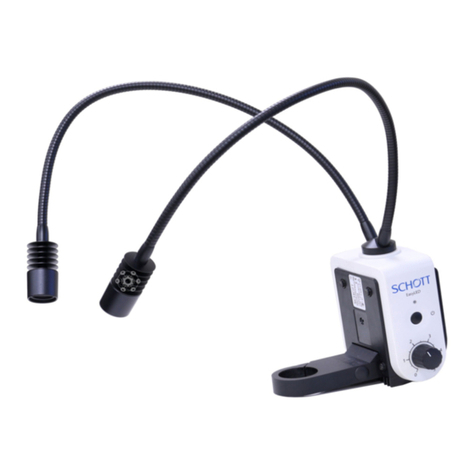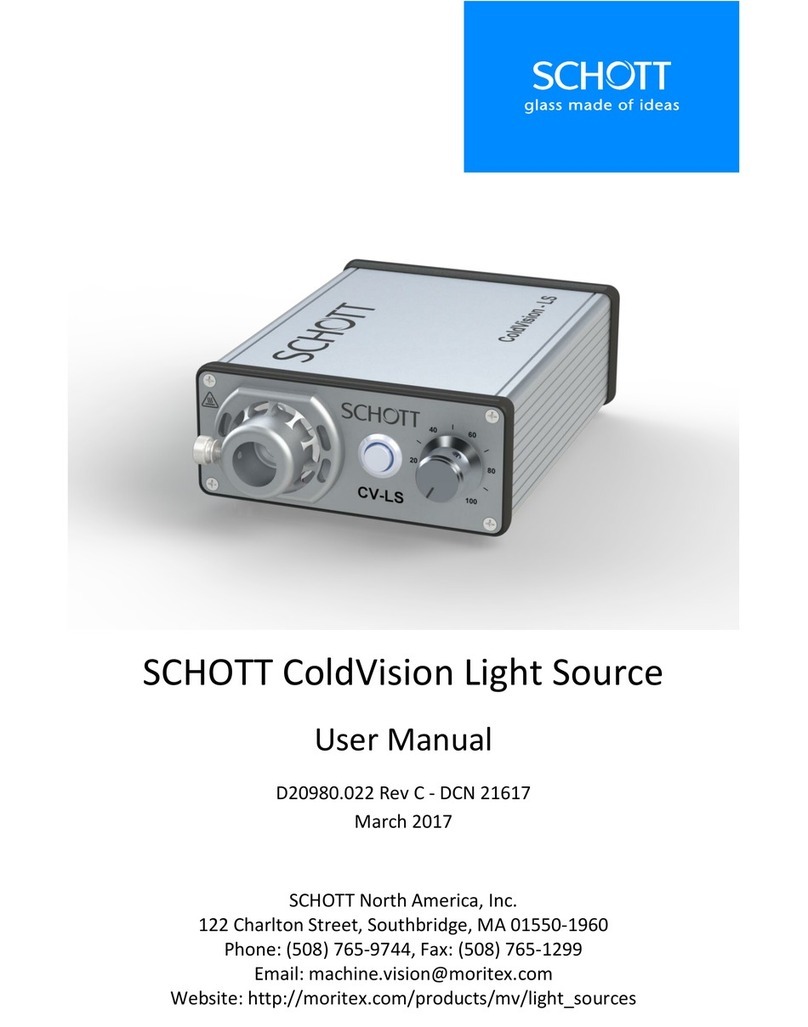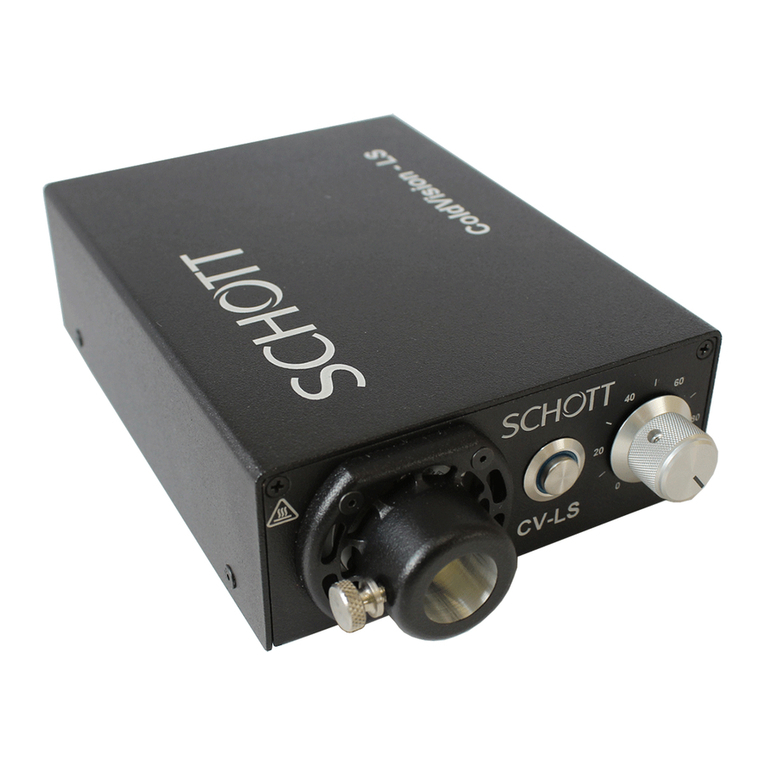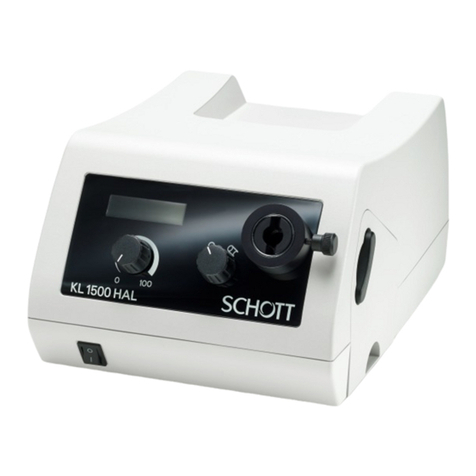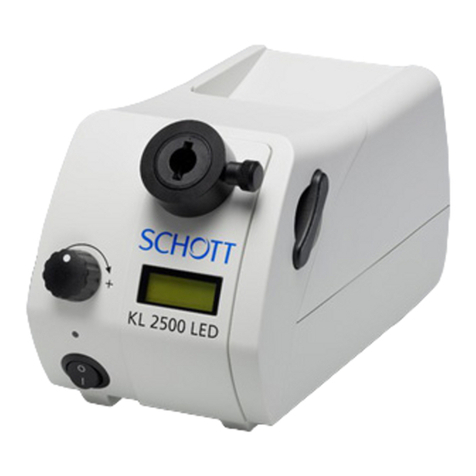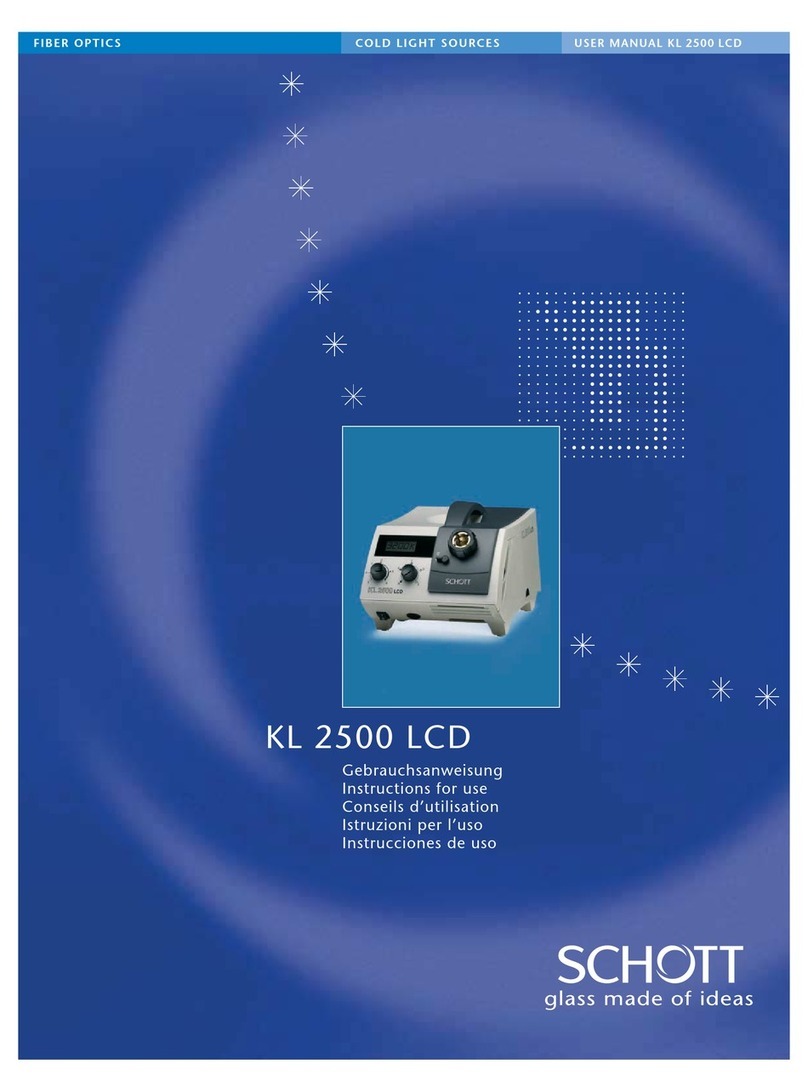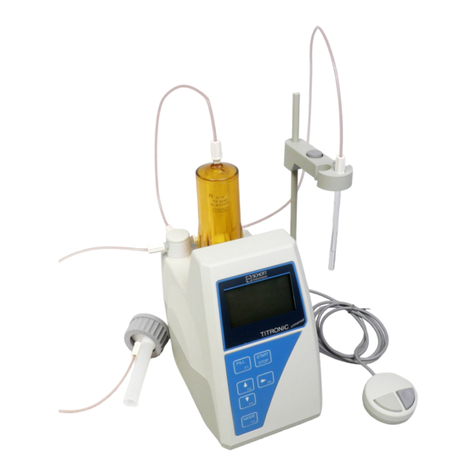
39
Version: 040802
TABLE OF CONTENTS PAGE
1Properties of the TitroLine KF Titrator.............................................................40
1.1 General ..................................................................................................................................40
1.2 Titration solutions...................................................................................................................40
2Warning and safety information........................................................................44
3Setting up and commissioning..........................................................................45
3.1 Unpacking and setting up of the TitroLine KF Titrator ..........................................................45
3.2 Installation of the TM KF Titration Stand and of the titration vessel .....................................45
3.3 Connecting the PC mini keyboard and the electrode ............................................................48
3.4 Connecting the reagents bottles (titrant, titration agents)......................................................48
4Working with the TitroLine KF Titrator ............................................................50
4.1 Keys and contrast ..................................................................................................................55
4.2 Switch-on image, main and selection menu ..........................................................................56
4.3 Selection of the national language.........................................................................................56
4.4 Rinsing and initial filling..........................................................................................................57
4.5 Filling......................................................................................................................................57
4.7 Titer determination .................................................................................................................59
5Methods parameter.............................................................................................61
5.1 General ..................................................................................................................................61
5.2 Volume and weighed-in quantity............................................................................................61
5.3 Result – formula.....................................................................................................................62
5.4 Result – unit ...........................................................................................................................63
5.5 Result – decimals...................................................................................................................63
5.6 Result – statistics ...................................................................................................................63
5.7 Documentation.......................................................................................................................64
5.8 Titration parameters...............................................................................................................65
6System settings ..................................................................................................66
6.1 QS ..........................................................................................................................................66
6.2 Filling speed ...........................................................................................................................67
6.3 New calculation......................................................................................................................67
6.4 Reset statistics .......................................................................................................................68
6.5 RS-232 configuration .............................................................................................................68
6.6 Replacing the dosing unit.......................................................................................................68
6.7 Replacing the titration solution...............................................................................................69
6.8 Date and time.........................................................................................................................69
7Data communication via the RS-232 interfaces ...............................................70
7.1 General ..................................................................................................................................70
7.2 Chaining of several TitroLine KF Titrators — Daisy Chain concept —................................70
7.3 Command list for RS communication ....................................................................................70
8Connecting analytical balances and printer.....................................................72
8.1 Connecting analytical balances .............................................................................................72
8.2 Printer connection ..................................................................................................................72
9Trouble shooting ................................................................................................73
10 Maintenance and care of the TitroLine KF Titrator.........................................74
11 Storage, transportation and environment ........................................................75
12 Accessories and spare parts.............................................................................76


